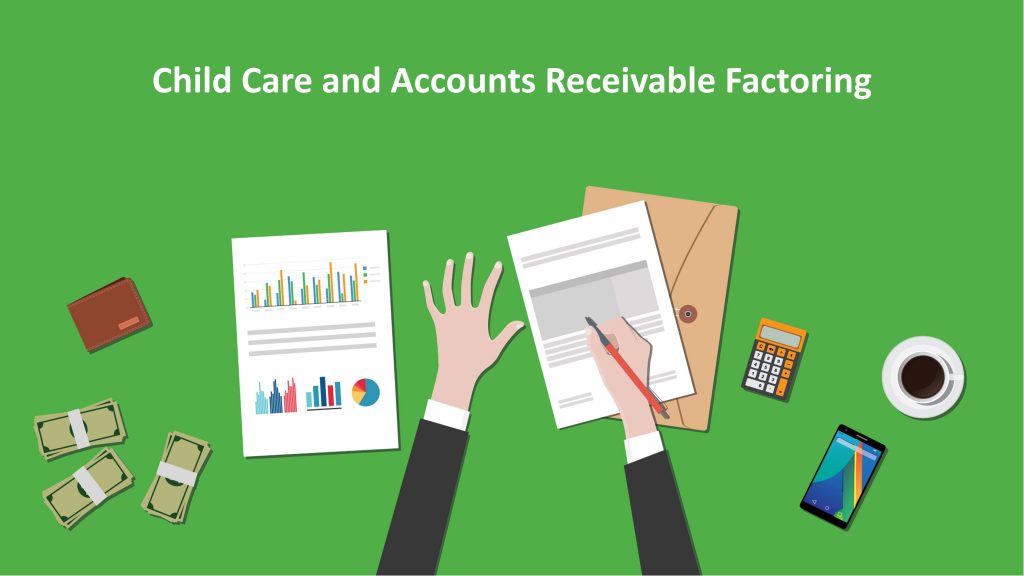The Five C’s of Lending

What Does a Lender Look For?
The 5 C’S of Lending
Lenders and investors look not only at the business numbers when making a loan but also take into consideration intangible things. These intangible considerations are often referred to as the five C’s:
1. Character – it is important to the lender that the borrower has a good track record of fulfilling obligations and following through on promises. Lenders want to know that the borrower is honest and of good integrity. The lender gets an initial impression of a borrower’s honesty by matching up the assets and liabilities stated on the personal financial statement with the borrower’s actual assets and liabilities. A borrower’s credit history provides a lender with a good indication of a borrower’s commitment to meeting obligations and repaying debts in the past. Past behavior is a predictor of future behavior. Applicants who fail the character test do not get funded. Also, the lender will want to know the borrower’s background, education, business experience and industry knowledge.
2. Capacity – The ability to repay is crucial. The lender wants to know exactly how a borrower will repay the loan. The lender will consider the cash flow of the business, the repayment schedule and the probability that the loan will be repaid. The lender will also want to know about a borrower’s other contingent sources of repayment.
3. Conditions – The current condition of the business, the industry, and the economy all figure into the lender’s decision. The lender will also consider how the funds will be used. Are the funds for working capital, new equipment for expansion, inventory or business acquisition?
4. Collateral – guarantees and other forms of security that the borrower can provide. If the business cannot repay the loan, the lender wants to know there is a second source of repayment. Assets like buildings, equipment, accounts receivable and some times inventory, can be considered as items that may be sold to provide cash for loan repayment. Both business and personal assets can be used as collateral for a loan. A guarantee is a written pledge by second party to repay the loan. A guarantee may be required by a lender in addition to collateral to secure the loan.
5. Capital – the amount of money the borrower will have invested. Lenders expect the borrower to have a certain amount of their own funds invested and at risk as well. If a borrower is not willing to or does not have personal funds to invest, the lender will not be willing to commit funding. If a borrower has a significant personal investment, he or she will be more likely to do everything possible to make the business successful.





